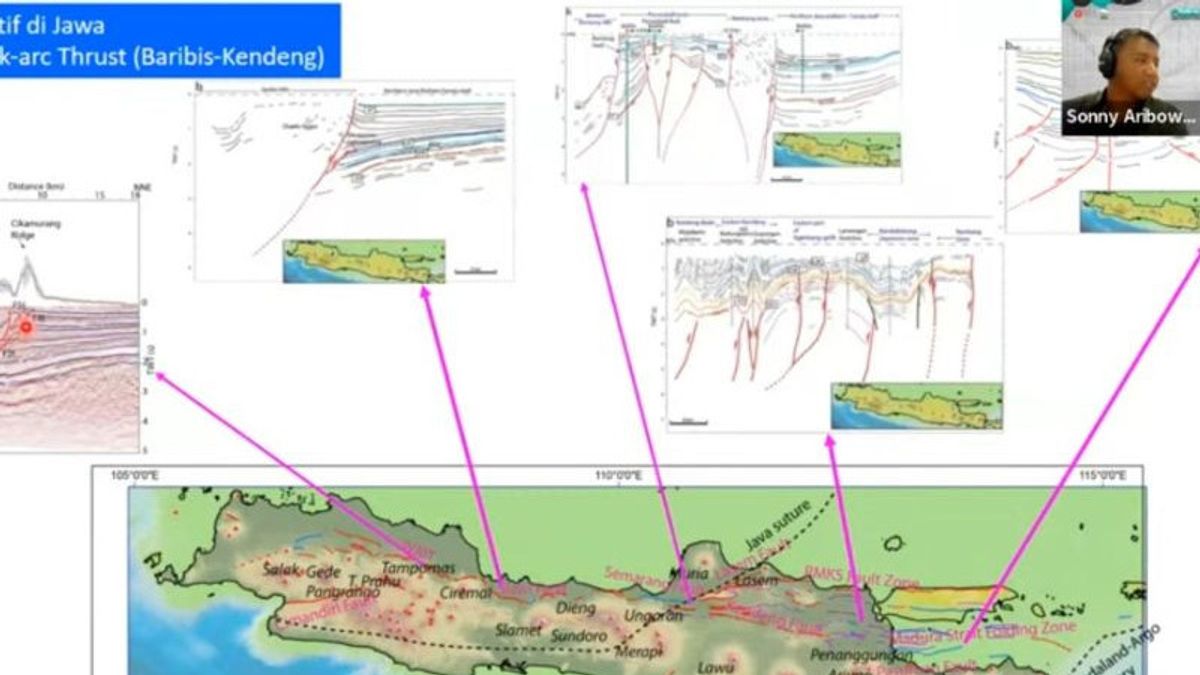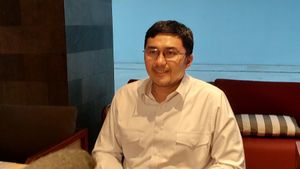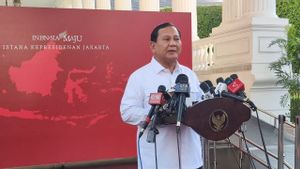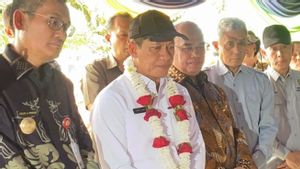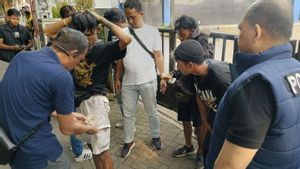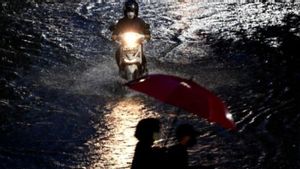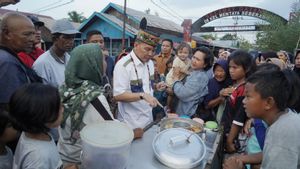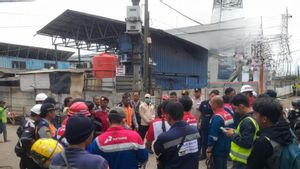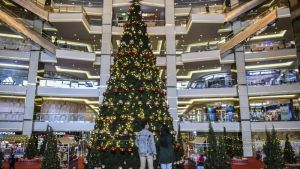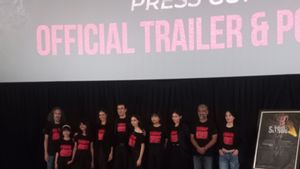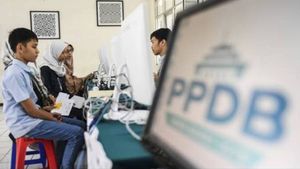JAKARTA - The National Research and Innovation Agency (BRIN) revealed that it has researched the Sesar Baribis and Sesar Kendeng which extends from west to east and is on the back or north of the volcanic arcs of Java Island.
BRIN Center for Geological Disaster Research, Sonny Aribowo, said the two faults were a complex and large fault system called the Java Back-arc Thrust.
"In West Java, the fault passes through Cirebon, Indramayu, Majalengka, Subang, Purwakarta, Karawang, and Bekasi. There are indications through the southern area of Jakarta (borders with Depok) and in the Bogor area," he said in a statement reported by ANTARA, Thursday, June 13.
Since 2019, he has researched in Majalengka, Purwakarta, Karawang, Depok, and Bogor with funding from LPDP (doctoral projects at Grenoble Alpes University), Disaster Program House, and National Earthquake Study Center (PuSGEN).
In 2024, the Indonesian Scale Foundation will conduct a research project for the Sesar Baribis expedition.
He stated that he helped become a resource person in the Subang area.
The study of the large faults of Baribis and Kendeng to find out the location of active fault lanes - has moved since at least 11,000 years ago - through densely populated cities to increase awareness of earthquake hazards.
"When we find out there are active indications of geodesic data and seismicity, it needs to be confirmed geologically whether it is really active or not," said Sonny.
He revealed in an article entitled Active Back-arc Thrust in North West Java, Indonesia which was published in the journal Tokonics in 2022, Java Back-arc Thrustif in the Tampomas segment, since 50 thousand years ago until now.
Traces of morphology (from the Digital Elevation Model/DEM data, as an initial indication of active faults) Java Back-arc Thrust continues to the west through Subang to the south of Jakarta and Bogor.
SEE ALSO:
According to him, knowledge related to the location of the fault is needed by scientists, while deformation that occurs in the rock also needs to be seen to see the geometry of the fault.
"Through various research methods carried out to find out the source of the earthquake well, this information can be used by stakeholders and the public to take mitigation steps," he said.
The results of the research can later be in the form of scientific articles which can then be translated into simple language by people who specialize in mitigation and media so that people can understand the source of earthquake hazards.
After knowing the source of the earthquake, stakeholders can set a strategy for how to live in earthquake-prone areas.
"If one day an earthquake occurs, people are better prepared. Furthermore, if there is an earthquake with a significant magnitude, but buildings in Indonesia continue to stand firmly, then research and utilization can be carried out properly," he said.
The English, Chinese, Japanese, Arabic, and French versions are automatically generated by the AI. So there may still be inaccuracies in translating, please always see Indonesian as our main language. (system supported by DigitalSiber.id)
